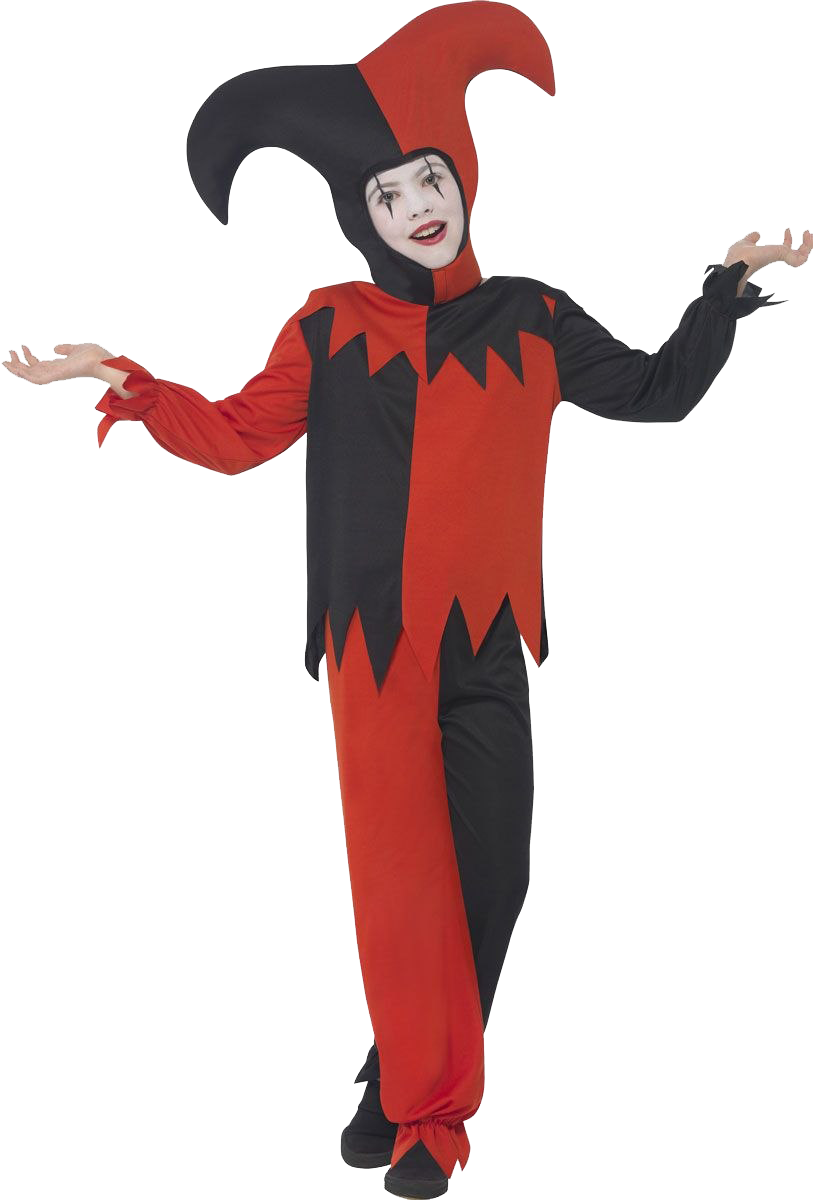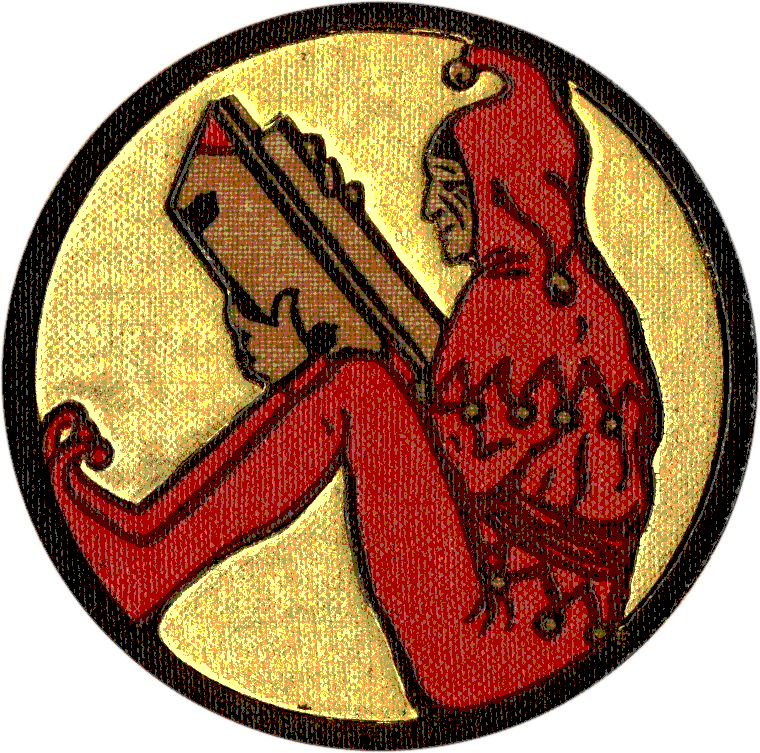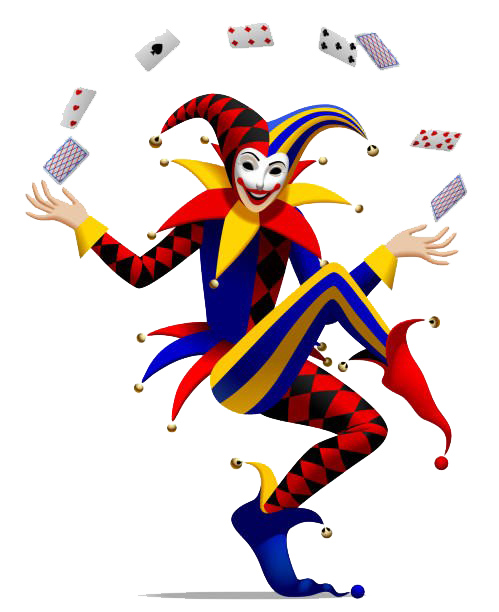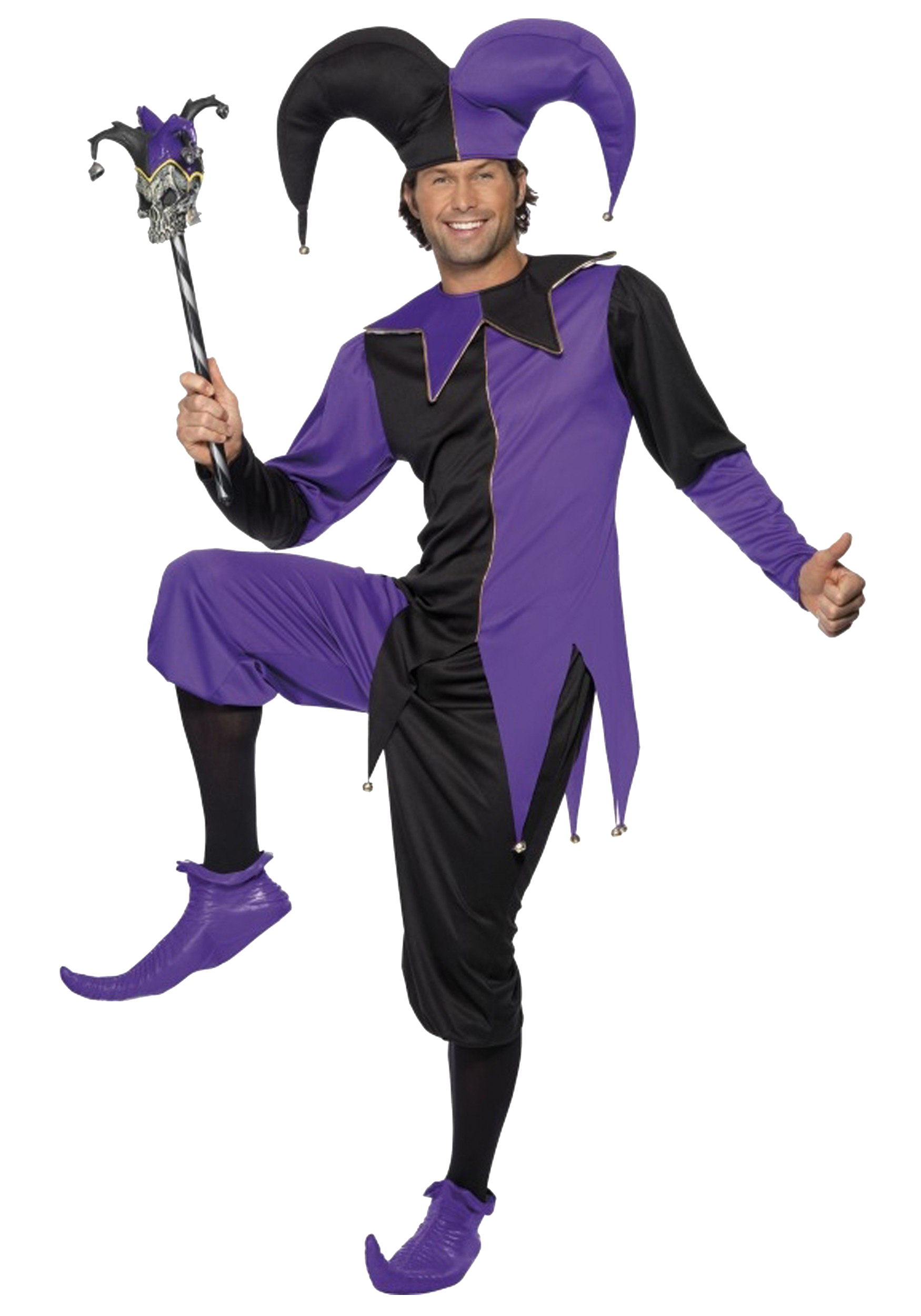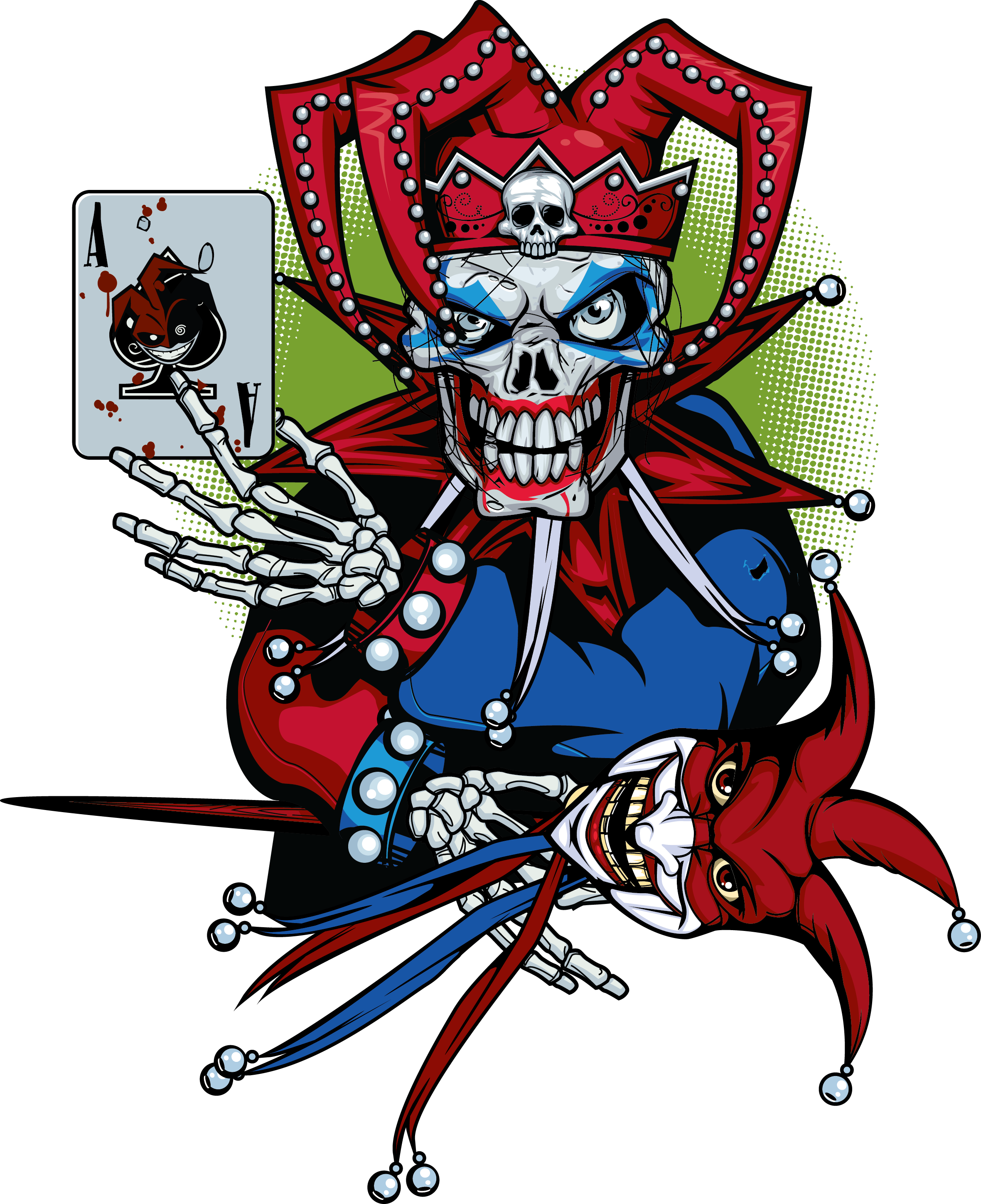Download top and best high-quality free Jester PNG Transparent Images backgrounds available in various sizes. To view the full PNG size resolution click on any of the below image thumbnail.
License Info: Creative Commons 4.0 BY-NC
During the medieval and Renaissance periods, a jester, court jester, or fool was a member of a nobleman’s or monarch’s household who was hired to entertain guests. Jesters were itinerant entertainers who delighted the general public at fairs and town markets, and the discipline is still practiced today, with jesters performing at historically themed events.
Jesters are supposed to have worn a motley pattern of brilliantly colored clothing and quirky caps throughout the Middle Ages. This attire is commonly imitated by their modern equivalents. Jesters used a range of abilities to entertain their audiences, including singing, music, and storytelling, but they also used gymnastics, juggling, telling jokes (including puns, stereotypes, and mimicry), and performing magic tricks. A lot of the entertainment was done in a comical manner. Many jesters told modern jokes in word or song about individuals or events that were familiar to their listeners.
Throughout English royal history, several royal courts hired performers, and the majority of them had professional fools, sometimes known as licensed fools. Music, storytelling, and physical comedy were among the forms of entertainment. It’s also been suggested that they did juggling and acrobatics.
Will Sommers, a jester, was engaged by Henry VIII of England. Jane Foole entertained his daughter Mary.
William Shakespeare wrote and performed his plays with the Lord Chamberlain’s Men (later known as the King’s Men) under the reigns of Elizabeth I and James I of England. Shakespeare’s plays featured clowns and jesters, and Robert Armin, author of the book Fooled upon Foole, was the company’s authority on jesting. Feste the jester is characterized as “intelligent enough to play the fool” in Shakespeare’s Twelfth Night.
In 1909, a court jester with a marotte was chosen for the Pageant of Empire.
Mary, Queen of Scots, had a jester named Nichola in Scotland. Her son, King James VI of Scotland, engaged Archibald Armstrong as a jester. Armstrong received many honors at court during his lifetime. When he overreached and offended too many powerful individuals, he was finally fired from the King’s service. Even after his humiliation, publications recounting his antics were peddled on the streets of London. During the reign of Charles I, he had some power at court and in Irish property estates. Tom Durie, a Scottish jester, served Anne of Denmark. Later on, Charles I hired a popular and devoted jester named Jeffrey Hudson. Because of his small height, Jeffrey Hudson was given the title of Royal Dwarf. One of his pranks was to display himself hidden within a large pie, from which he would leap. During the English Civil War, Hudson fought with the Royalists. Muckle John was a third jester linked with Charles I.
Scholar David Carlyon has questioned the “daring political jester,” calling historical accounts “apocryphal,” and concluding that “popular culture embraces a sentimental image of the clown; writers reproduce that sentimentality in the jester, and academics in the Trickster,” but that it “falters as analysis.”
The King’s jesters may also bring dreadful news that no one else would dare to impart. When the French fleet was defeated by the English at the Battle of Sluys in 1340, Phillippe VI’s jester told him that the English sailors “don’t even have the courage to jump into the sea like our valiant French.”
Download Jester PNG images transparent gallery.
- Jester PNG Image File
Resolution: 2398 × 1872
Size: 167 KB
Image Format: .png
Download
- Jester PNG Image HD
Resolution: 813 × 1200
Size: 311 KB
Image Format: .png
Download
- Jester PNG Image
Resolution: 800 × 529
Size: 75 KB
Image Format: .png
Download
- Jester PNG Images HD
Resolution: 539 × 523
Size: 126 KB
Image Format: .png
Download
- Jester PNG Images
Resolution: 512 × 512
Size: 31 KB
Image Format: .png
Download
- Jester PNG Photo
Resolution: 760 × 753
Size: 190 KB
Image Format: .png
Download
- Jester PNG Photos
Resolution: 512 × 512
Size: 32 KB
Image Format: .png
Download
- Jester PNG Pic
Resolution: 1692 × 1920
Size: 95 KB
Image Format: .png
Download
- Jester PNG Picture
Resolution: 499 × 612
Size: 200 KB
Image Format: .png
Download
- Jester PNG
Resolution: 1750 × 2500
Size: 1272 KB
Image Format: .png
Download
- Jester Transparent
Resolution: 2400 × 1496
Size: 326 KB
Image Format: .png
Download
- Jester
Resolution: 2361 × 2897
Size: 1398 KB
Image Format: .png
Download
- Jester Background PNG
Resolution: 499 × 842
Size: 536 KB
Image Format: .png
Download
- Jester No Background
Resolution: 697 × 944
Size: 92 KB
Image Format: .png
Download
- Jester PNG Background
Resolution: 566 × 448
Size: 10 KB
Image Format: .png
Download
- Jester PNG Clipart
Resolution: 990 × 693
Size: 241 KB
Image Format: .png
Download
- Jester PNG Cutout
Resolution: 512 × 512
Size: 145 KB
Image Format: .png
Download
- Jester PNG File
Resolution: 512 × 512
Size: 25 KB
Image Format: .png
Download
- Jester PNG Free Image
Resolution: 1025 × 703
Size: 63 KB
Image Format: .png
Download
- Jester PNG HD Image
Resolution: 512 × 512
Size: 115 KB
Image Format: .png
Download

